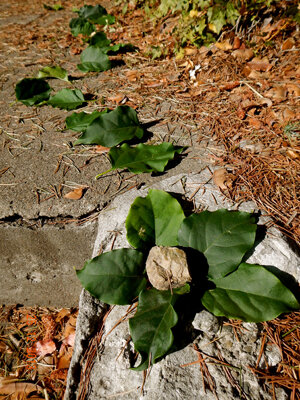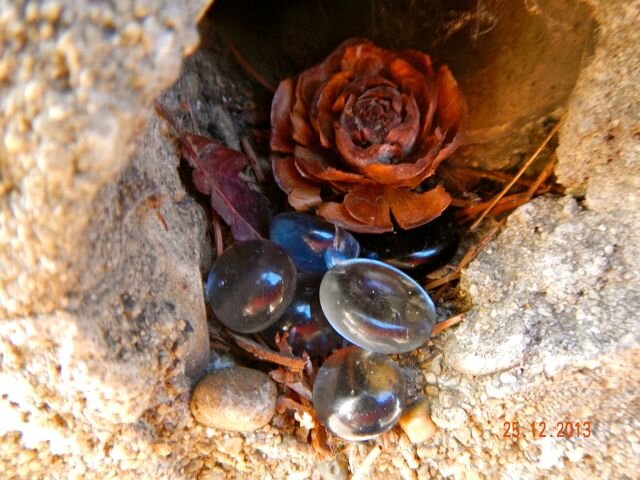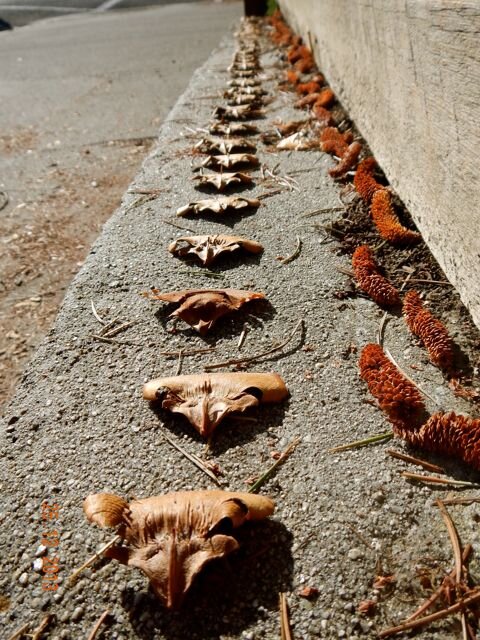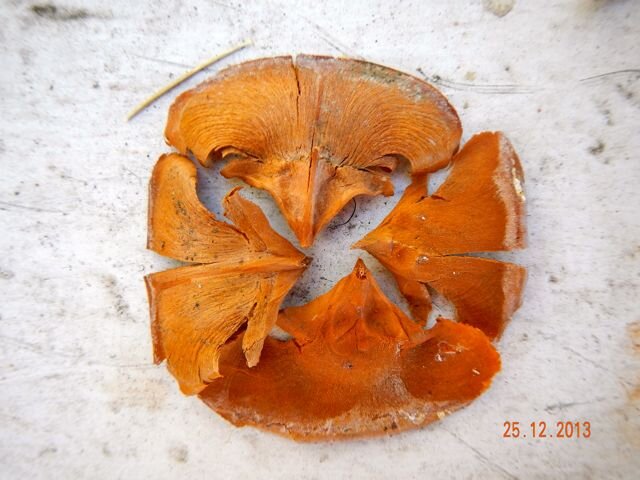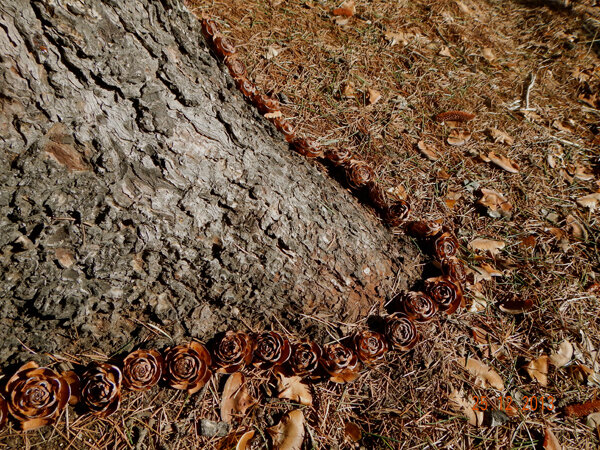We made it to Atlanta!
Is it just that I am old now that a flight across the US utterly knocks me out? It ends up being an entire day of travel, and then I am left feeling grubby and dehydrated.
Before traveling, I tend to do a lot of googling of the location, and I made a saved places list in Google Maps. After I figure out the hotel, I google to see if there are any gardens close by or any gardens/landscapes in the city that are noteworthy that I think I might want to see. In this case, I settled on the Hotel Clermont - a refurbished motel and apparently a local iconic establishment. There is a local neighborhood shared garden just around the block! Perfect! What else looks good? The Atlanta Botanical Gardens and some place called Fernbank. That is really all we'll have time to squeeze into this visit.
Anyhow, we made it here, and I LOVE our hotel. It is so freaking cute. Great details, lobby is super nice, a bar and a restaurant, and a rooftop bar as well. Did I steal a Clermont Hotel pen? Yes, yes I did.
two happy looking people relaxing in a hotel lobby holding plastic cups of champagne.
We arrived, checked in, dropped our stuff off, and headed to the bar where we had some delicious cocktails. Then we walked down to the Atlanta Goddess Garden - https://www.goddessgardenatlanta.com/about. The weather here is... sultry. It all feels sort of primally familiar even though I am no longer acclimated to this kind of humid heat. It's nice to have a warm evening walk though.
This garden has a wild and overgrown feeling. Walking along the paths, there are many small shrines, seating areas, and spaces for growing edibles. There are also a lot of rats scurrying in the undergrowth, so I'm unsure how they can sustain any veggies or herbs!
Here is the description from their website:
"Created by Shasta Zaring in 1990, the Goddess Garden Atlanta is an urban wilderness habitat and healing sanctuary nestled in the heart of the City of Atlanta. It is a sacred space dedicated to the Divine Feminine in all religions, paths and cultures. Altars to Goddesses from various world cultures adorn the paths and are tended by the Garden's keepers.
This one-acre private preserve, open to the public during daylight hours, is cultivated without the use of pesticides and herbicides and is a certified Audubon Society Wilderness Habitat. Located just off the Atlanta Beltline, the Garden is in walking distance to many city attractions, such as Ponce City Market, Historic 4th Ward Park, Carter Center and Little Five Points."
So it is privately owned but publicly available space. I wonder if they have to worry about insurance. Apparently, they have classes there, an attached AirB&B, and does seem like a nice place to go and chill in some lush green space! i can see that it is def. a labor of love for people in the neighborhood!
After our stroll we headed back to the hotel, drinks on the rooftop bar, and some dinner.






























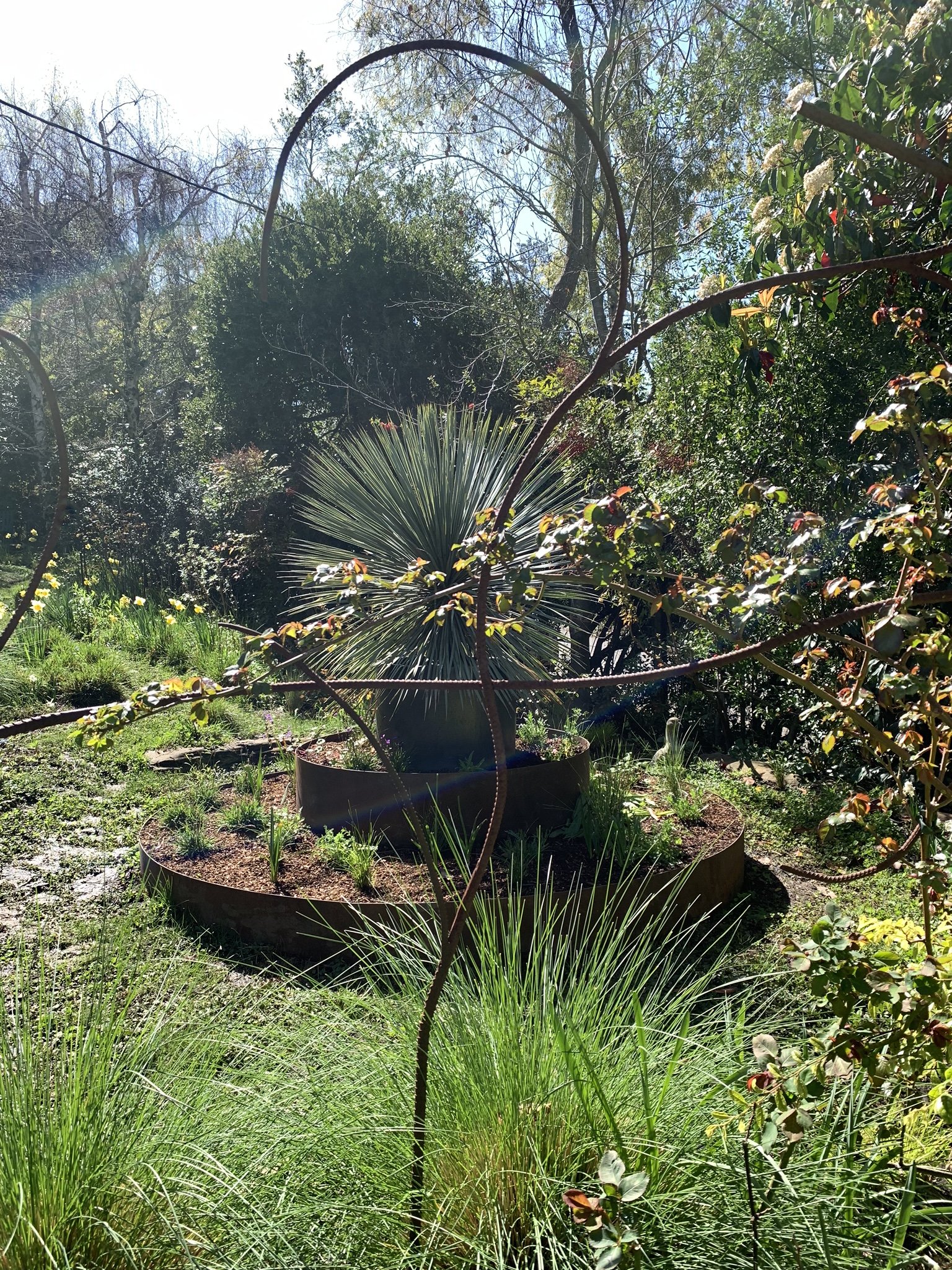


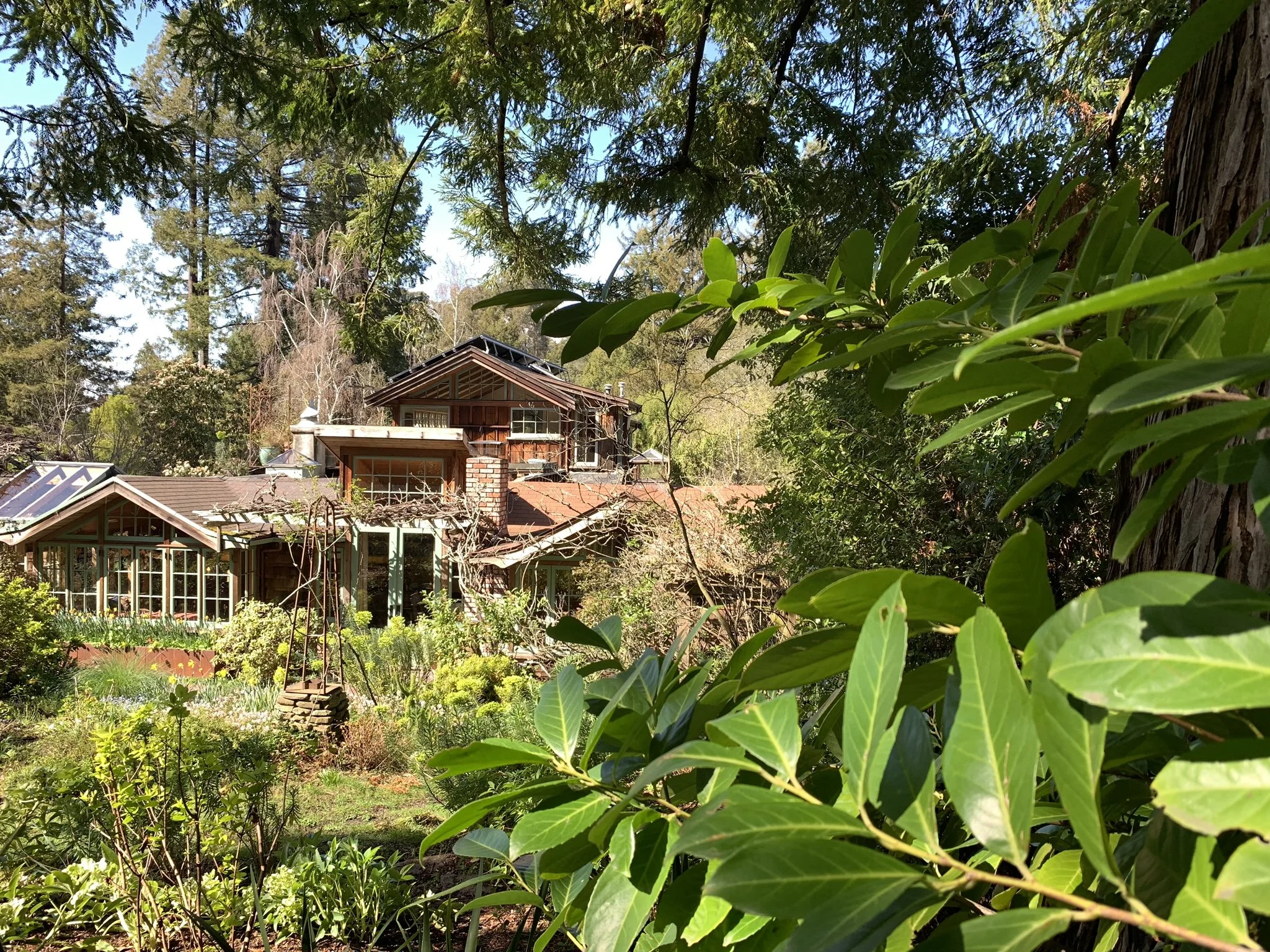

































































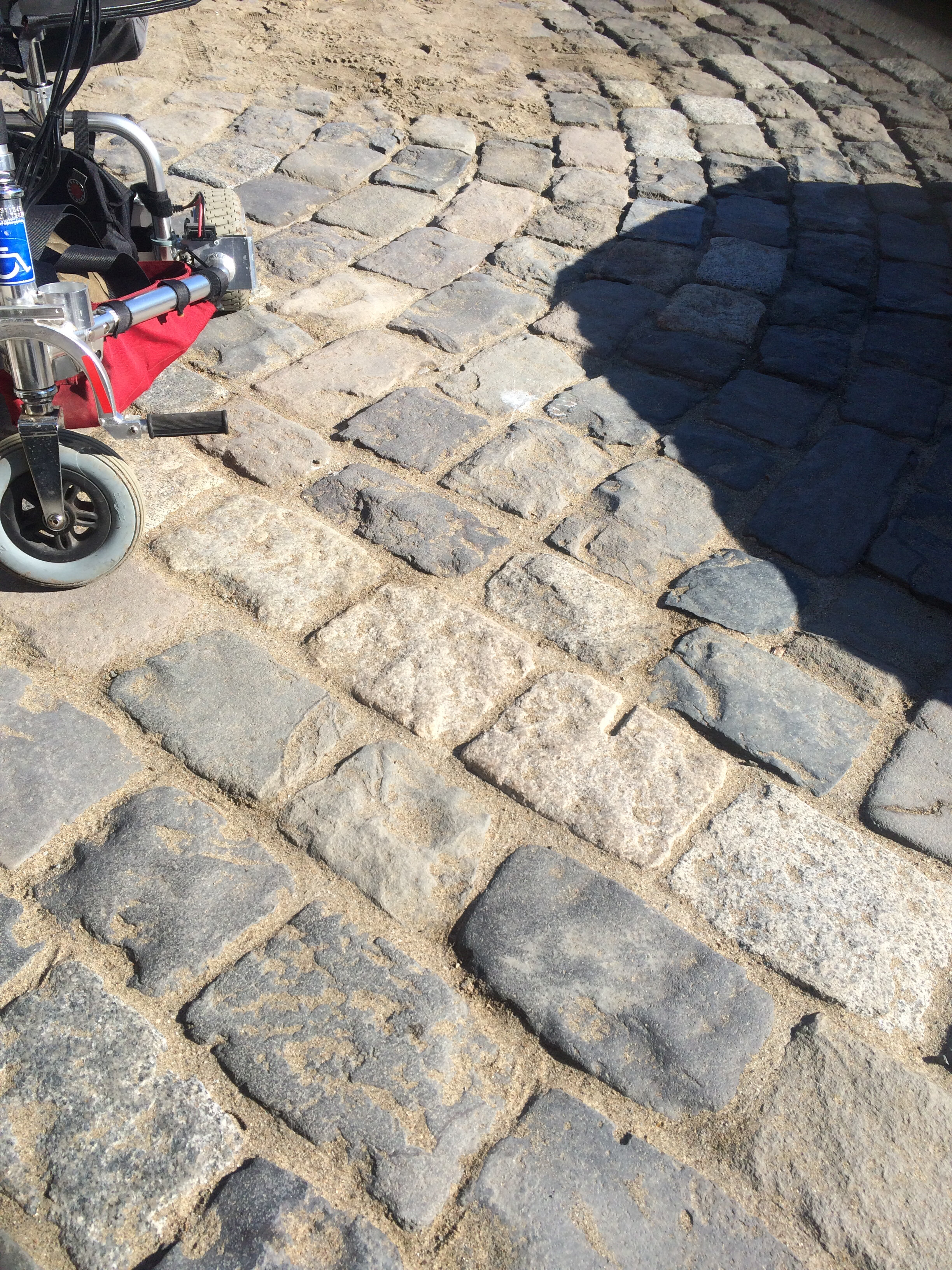





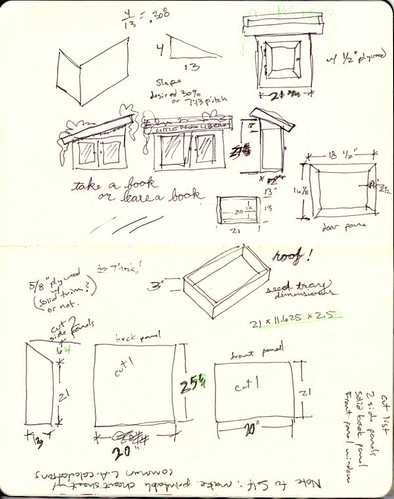

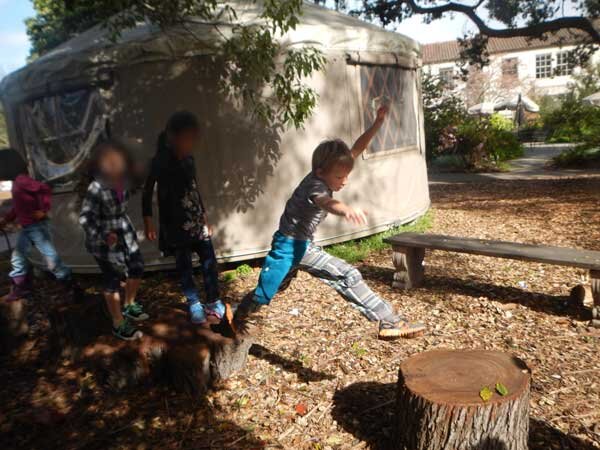 or for building on...These are rolly poly houses.
or for building on...These are rolly poly houses.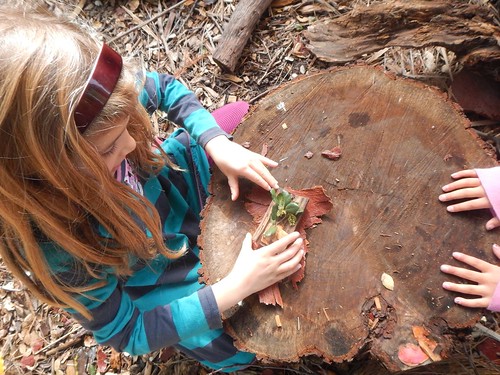
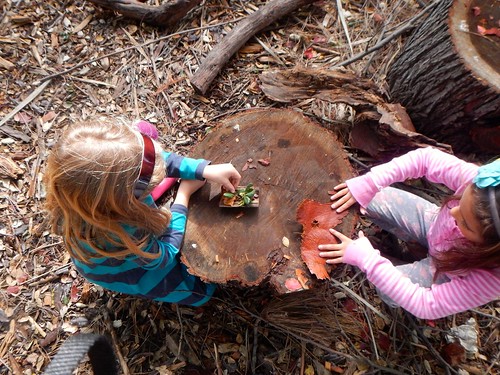
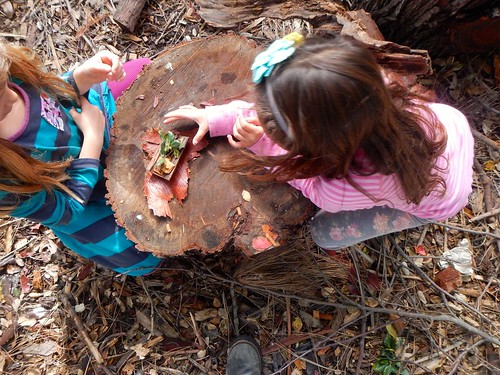
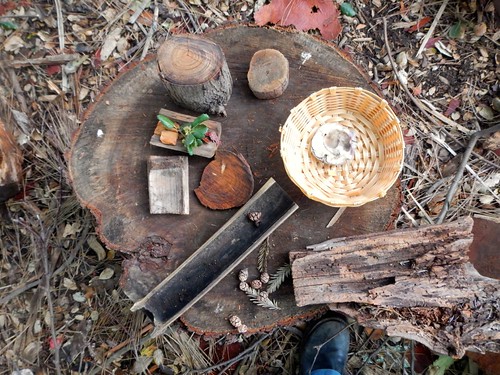

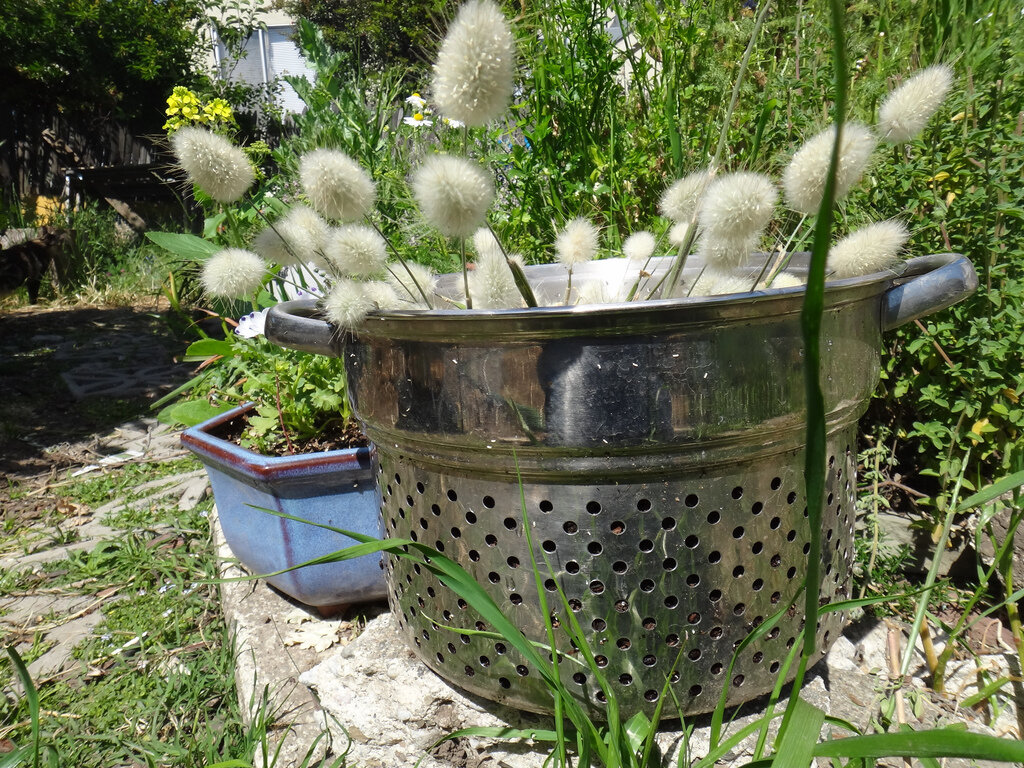 Lagurus ovatus, or bunnytail, in my yard last Spring.Lagurus ovatus is highly adorable. I had it planted in a couple of containers this summer, including this old colander. Most the kids who visited my yard made a beeline for it and spent some time petting it.I like this in containers and used as a border. It self sows though, so if you don't want to see it in the next year you can trim the seed heads before they dry and blow all over the place. If you do want to see them next year let the seeds dry and then collect them.How do you store seeds?I often use old pharmacy medicine bottles.
Lagurus ovatus, or bunnytail, in my yard last Spring.Lagurus ovatus is highly adorable. I had it planted in a couple of containers this summer, including this old colander. Most the kids who visited my yard made a beeline for it and spent some time petting it.I like this in containers and used as a border. It self sows though, so if you don't want to see it in the next year you can trim the seed heads before they dry and blow all over the place. If you do want to see them next year let the seeds dry and then collect them.How do you store seeds?I often use old pharmacy medicine bottles.